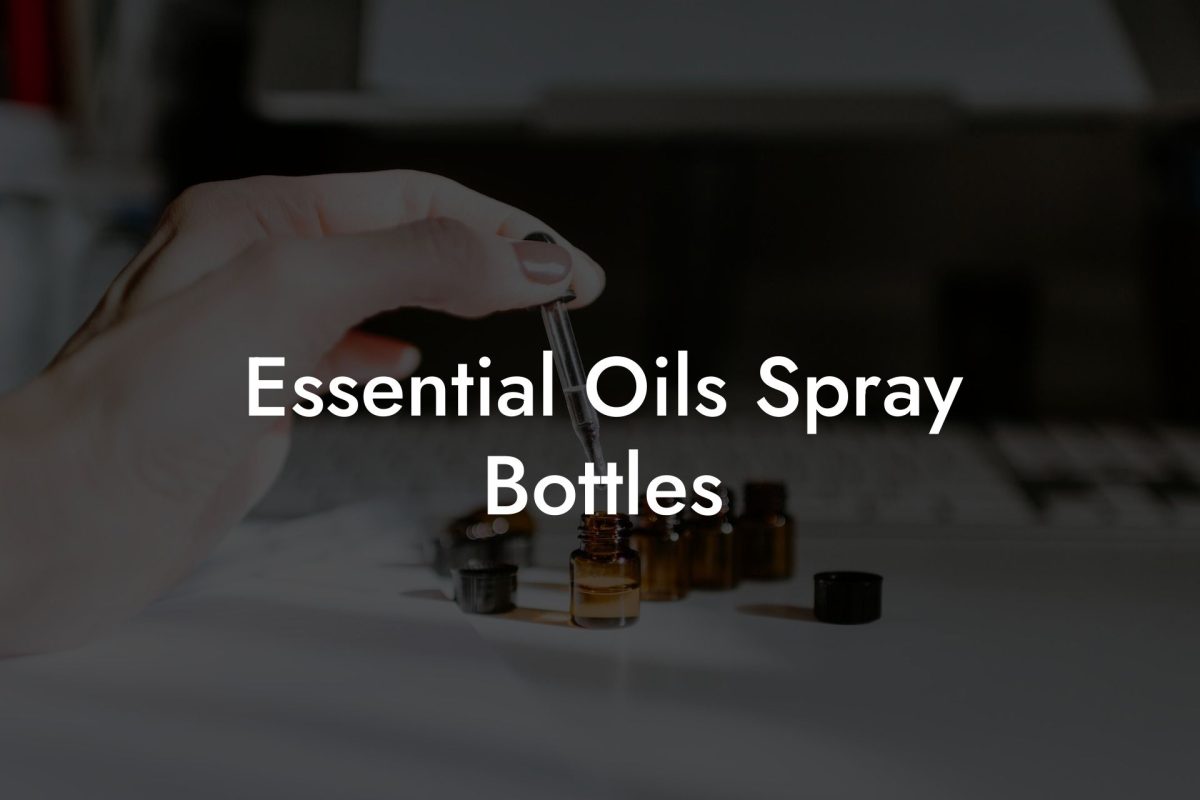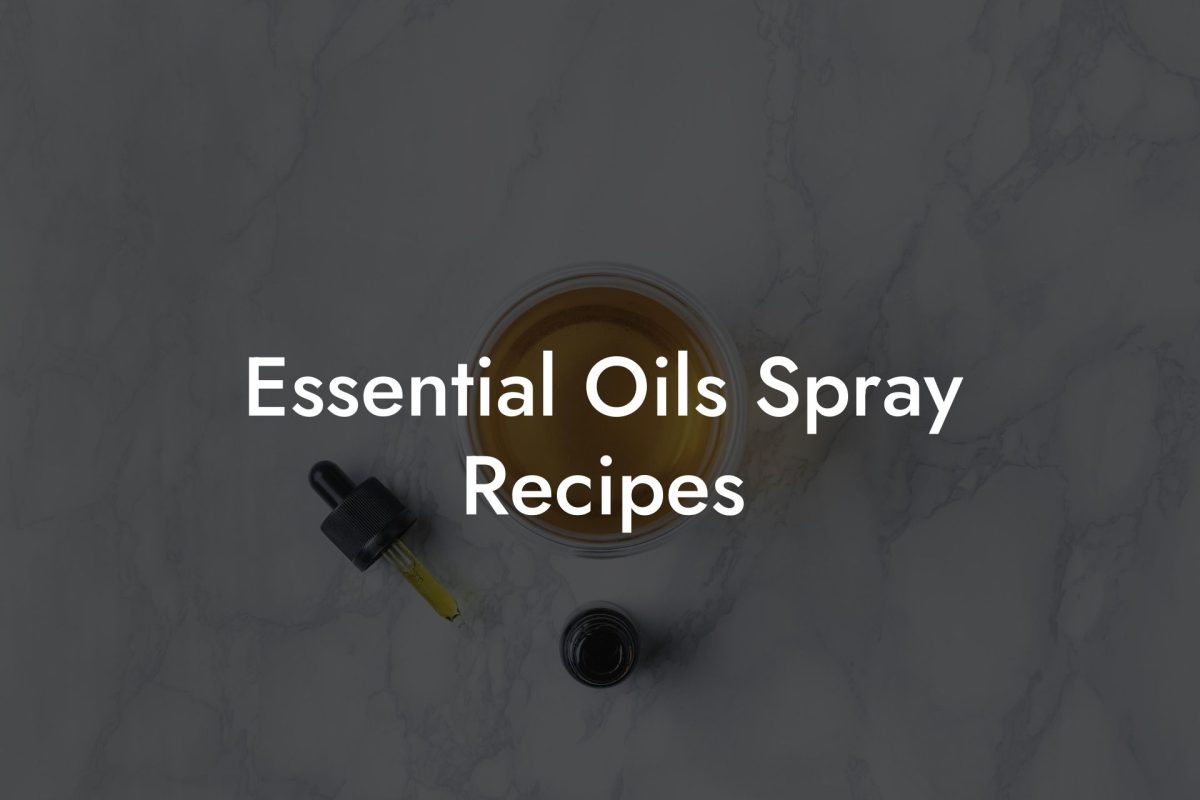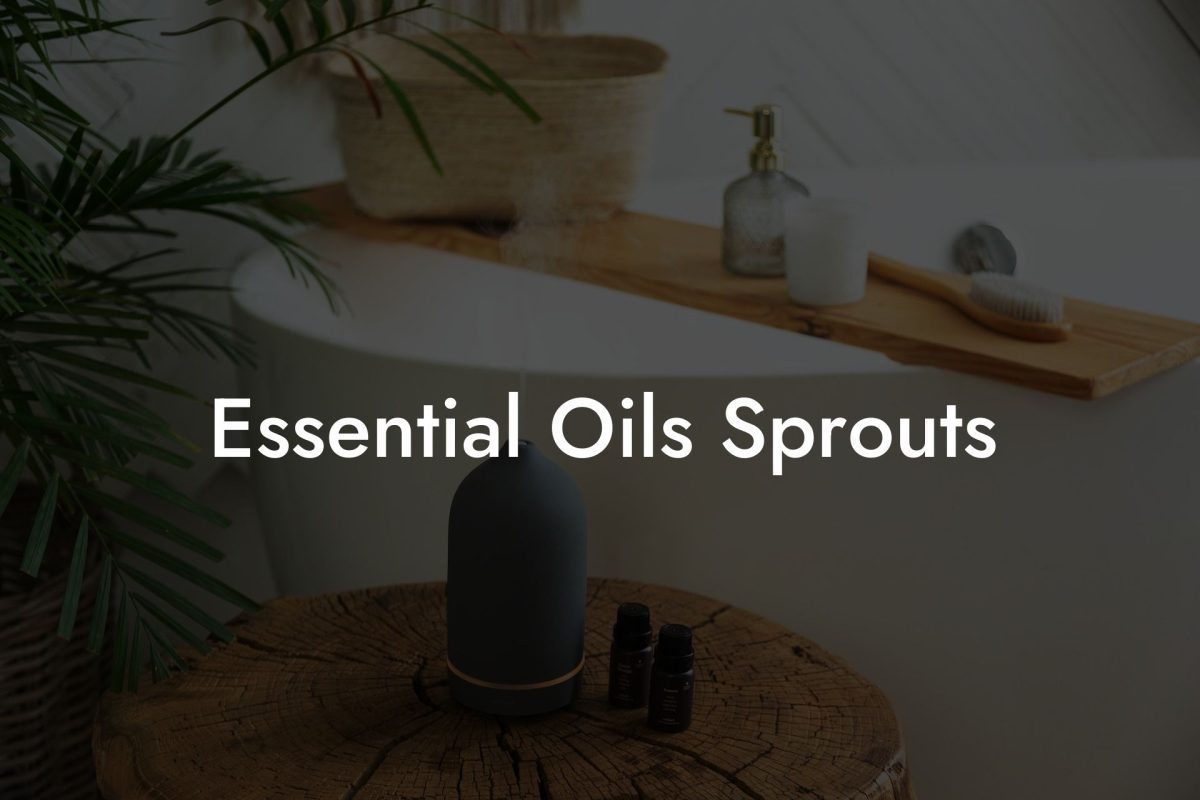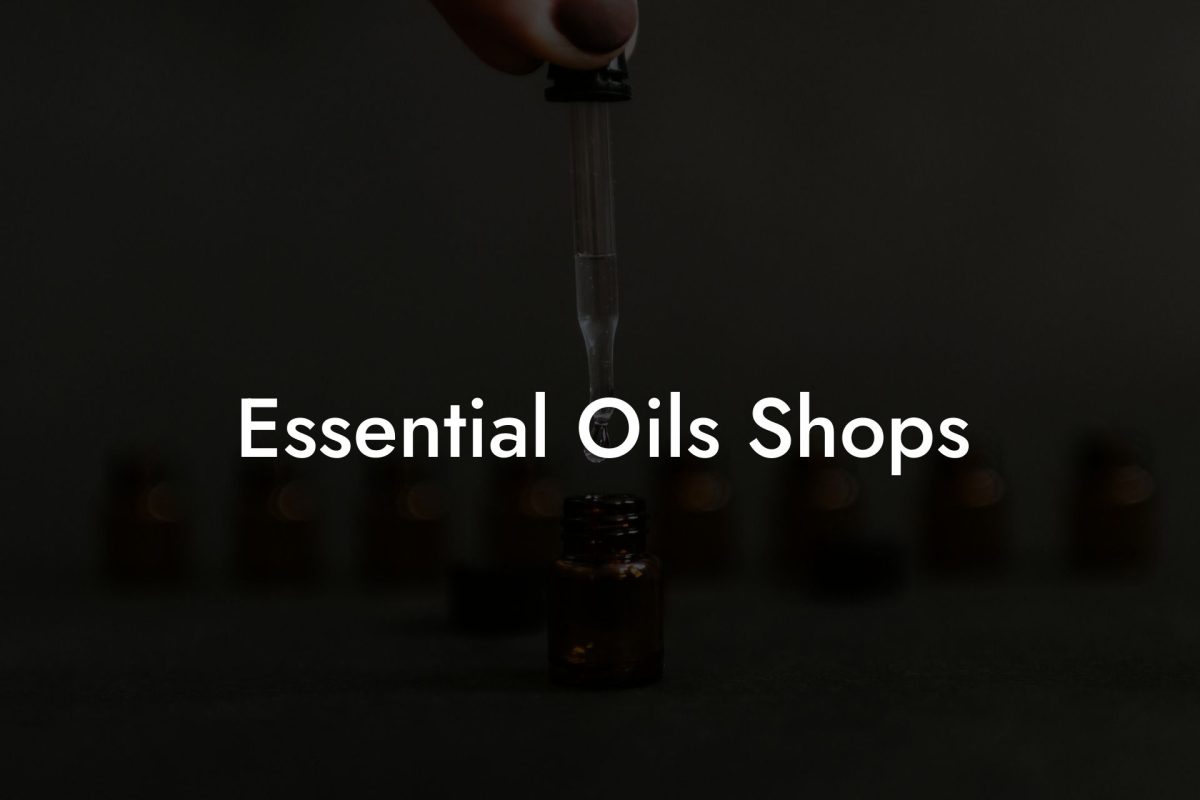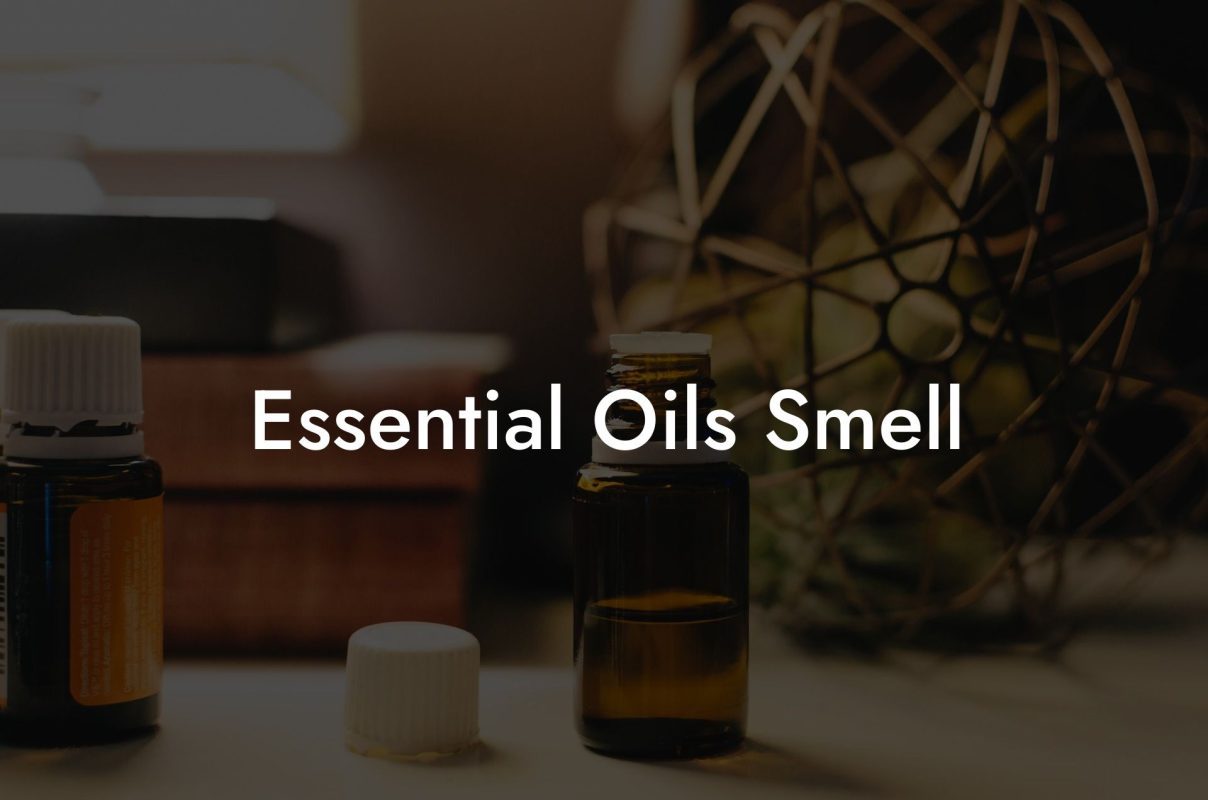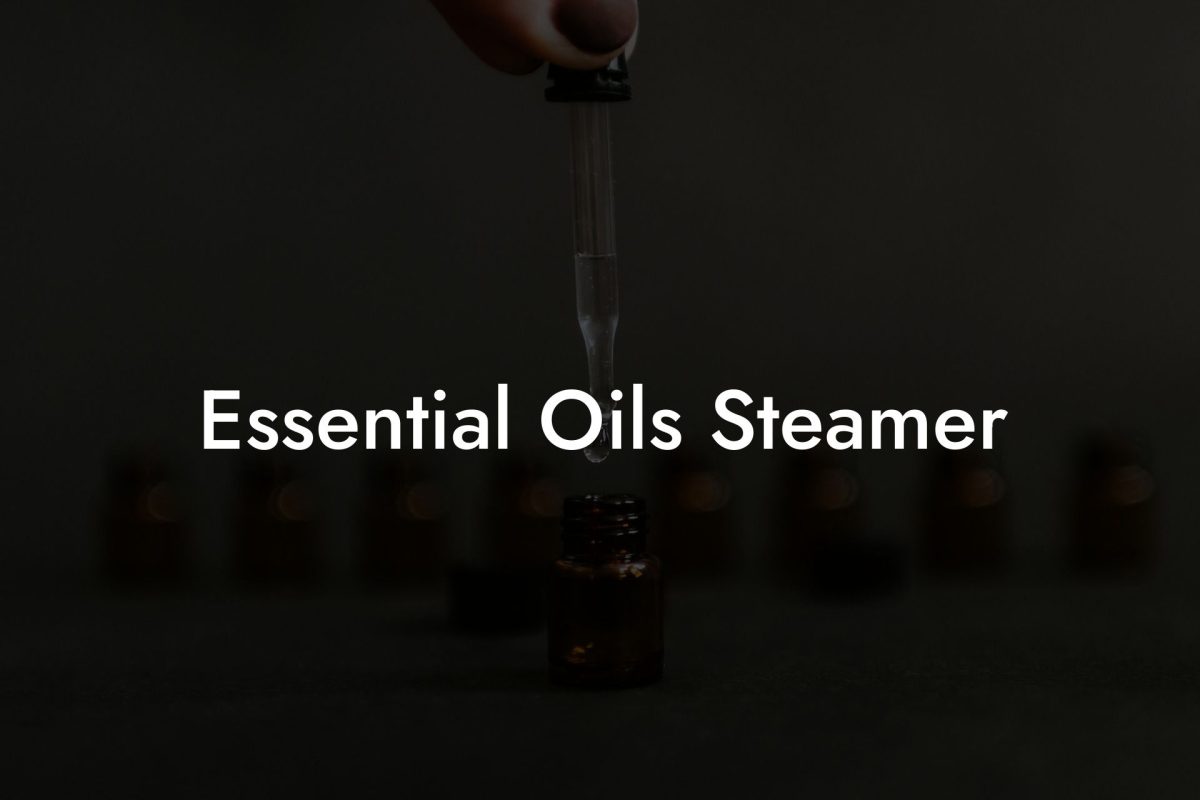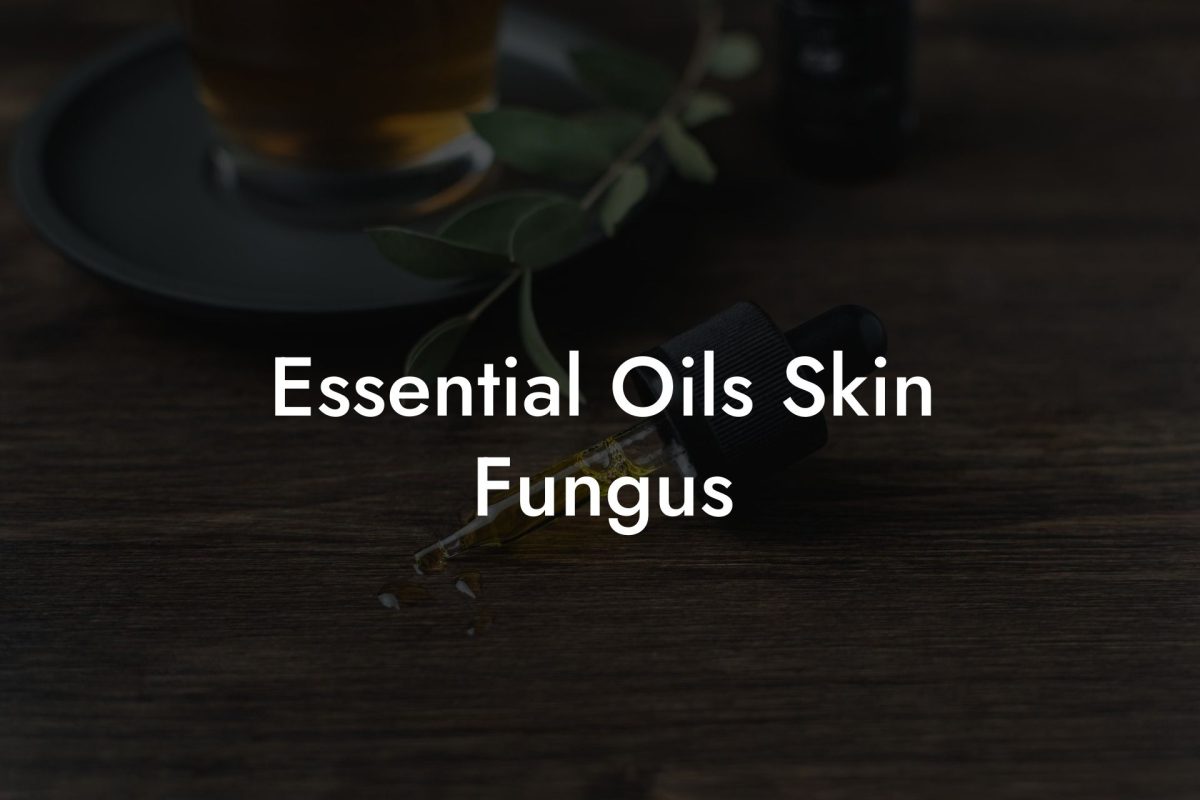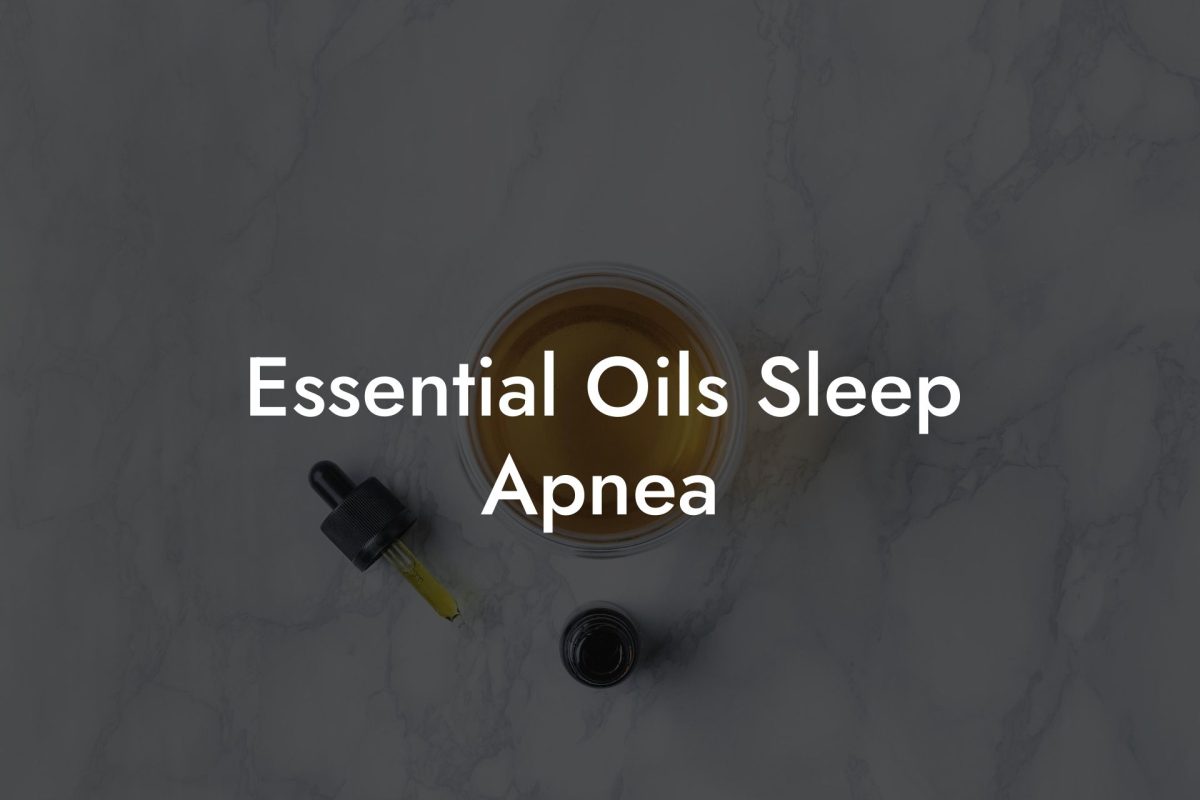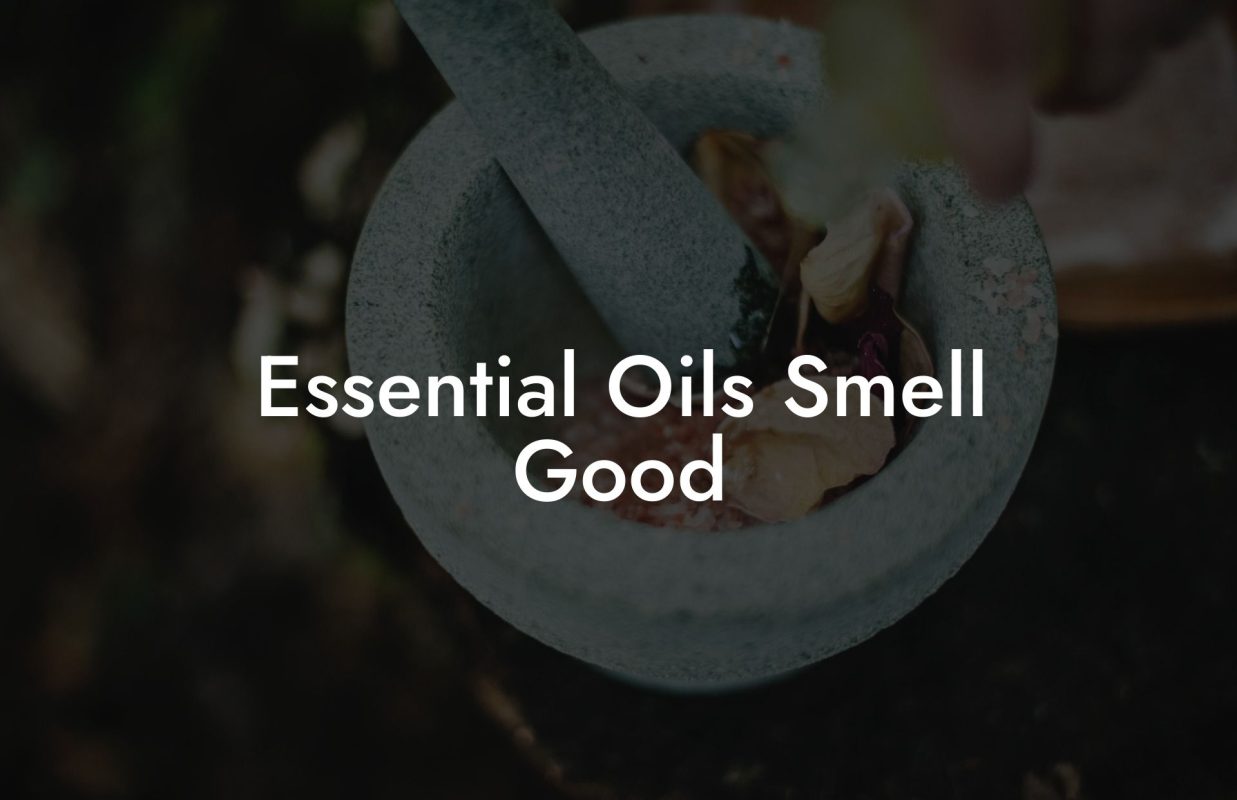Discover the art of essential oil distillation and how you can benefit from using essential oils in your daily life. In this comprehensive guide, we delve into the ancient technique of essential oil distillation and unravel the mystery behind creating potent and therapeutic aromas from simple plant materials.
Table of Contents
What is Essential Oil Distillation?
Essential oil distillation is the process of extracting the aromatic essence of plants by passing steam through their plant materials, separating the aromatic compounds from the water-soluble components. The resulting oil is a highly concentrated and potent essence of the plant, capturing its unique fragrance and properties.
Types of Essential Oil Distillation Methods
There are several methods of essential oil distillation; each one suited to different types of plant materials.
1. Steam Distillation
This is the most common method used for essential oil extraction. Hot steam is passed through a chamber containing the plant material, causing the volatile plant compounds to evaporate. The steam and oil vapor are then condensed back into a liquid, and the essential oil is separated from the water.
2. Cold Pressing
Primarily used for citrus oils, cold pressing involves mechanically pressing the plant material to release the aromatic compounds. This method is preferred for citrus oils as heat can damage their delicate, volatile compounds.
3. Solvent Extraction
Solvent extraction uses a chemical solvent to dissolve the aromatic compounds from the plant material. The solvent is then evaporated, and the resulting “absolute” is a highly concentrated, thick, and fragrant oil. This method is ideal for delicate flowers, such as jasmine and rose, which may not tolerate heat from steam distillation.
The Distillation Process
The essential oil distillation process typically follows these steps:
- Harvesting: Plant materials are carefully selected and harvested at the optimal time to ensure the highest quality of essential oils.
- Preparation: Plant materials are cleaned, chopped, and prepared for distillation.
- Distillation: Plant materials are placed in a distillation vessel, and steam or other extraction methods are used to extract the essential oil.
- Separation: The mixture of oil and water vapor is condensed back into a liquid, and the essential oil is separated from the water using a separator or decanter.
- Bottling: The pure essential oil is bottled and stored in dark, airtight containers to preserve its quality.
Benefits of Using Essential Oils
Essential oils have been used for centuries for their various therapeutic, aromatic, and health benefits. Due to their concentrated potency, essential oils can be used in small amounts to achieve significant results. Some benefits include:
- Relief from stress and anxiety
- Improved sleep quality
- Enhanced focus and mental clarity
- Reduced muscle tension and pain
- Boosted immune system
- Natural home cleaning solutions
Essential Oils Still Example:
Imagine you’re feeling stressed and overwhelmed after a long day at work. You decide to treat yourself to a relaxing bath and reach for a bottle of Oshu Oils lavender essential oil. Adding a few drops to your warm bathwater, the rich, soothing scent of lavender fills the air. As you soak in the fragrant water, your stress begins to melt away, your muscles relax, and your mind becomes calmer. The power of essential oil distillation is at work, transforming a simple plant into a potent, therapeutic ally for your wellbeing.
Now that you’ve learned about the fascinating process of essential oil distillation, we hope you feel more inspired to explore the world of aromacology and essential oils. Don’t forget to share this article with friends and family who may be interested in learning about the science behind their favorite scents. And, as always, be sure to check out Oshu Oils’ amazing range of high-quality essential oils to elevate your daily rituals and enhance your wellbeing.


